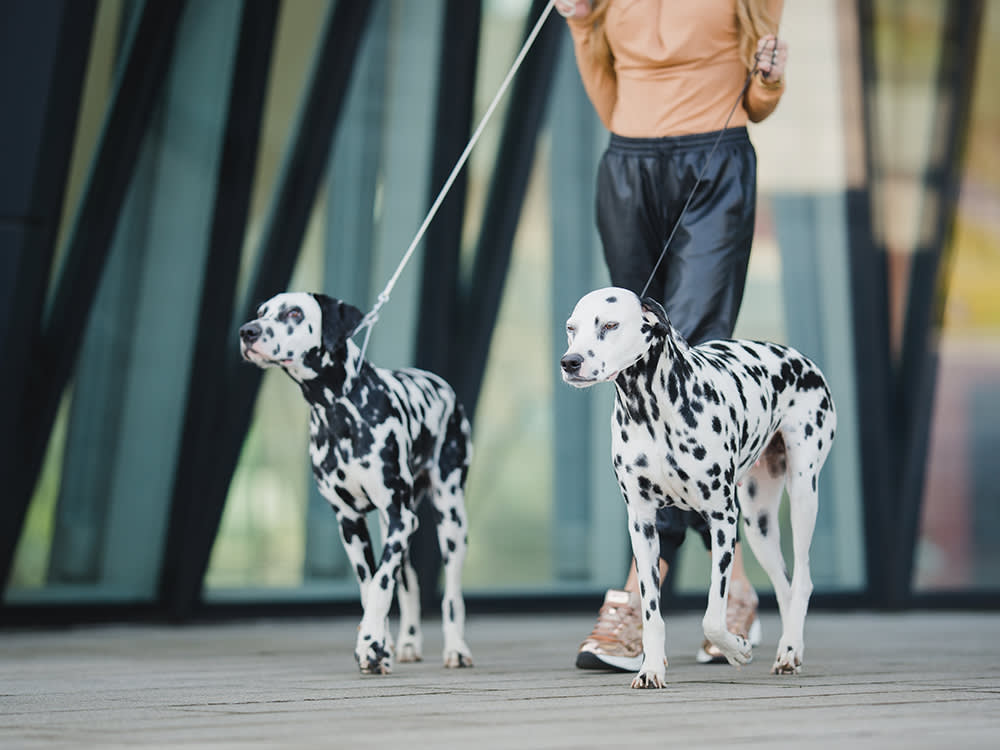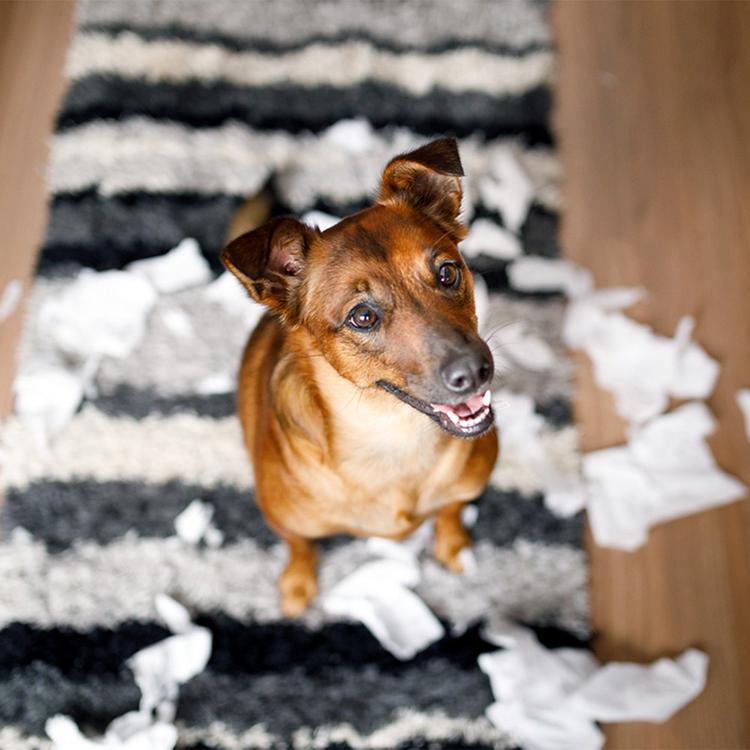Help! My Dog Pulls on Leash and I’ve Tried Everything
Why do dogs pull on the leash? Learn why and get tips on what to do when your dog pulls.
Why do dogs pull on the leash? Learn why and get tips on what to do when your dog pulls.
by Kelly Villa, | July 31, 2024

Capuski / iStock
Going for a walk is probably the best part of your dog’s day. But what should be a great experience for both of you can become extremely frustrating if your dog is pulling the whole time. Thankfully, there are steps you can take to curb your dog’s pulling and turn your walks into great experiences for both of you.
There are many reasons why dogs pull on their leashes, including a desire to go faster, an inability to control their excitement or content their energy, or frustration about being attached to you. But the bottom line is that dogs who consistently pull on their leashes do so because that behavior has resulted in them getting what they want or hasn’t previously been corrected (for all they know, you’re fine with it).

Dog trainer Karen B. London promises you’re not doomed to be pulled down the street forever.
If you feel like you’ve tried everything, don’t give up. There are a few tactics you can turn to in order to communicate to your dog to stop pulling on their leash, including:
Use your movements to influence your dog. According to dog trainer Karen B. London, if your dog pulls, you should either stop immediately and don’t move until your dog stops pulling or turn your head in the other direction so that they’re behind you. Changes in speed and direction can also help influence your dog to follow you rather than pulling you where they want to go, as can choosing walking paths that are out-and-back rather than circular; they will be less excitable if half the walk doesn’t offer new smells.
Exercise your dog before a walk. Playing fetch in your yard or running up and down the stairs multiple times before walking can help tire them out so they’re less likely to pull while walking. It may also ensure your dog is getting enough exercise in the first place; they may pull as a way to express their pent up energy. You should also consider walking at times of the day when your dog may be less excitable if possible.
Use treats to reinforce good leash manners. High-quality treats can go a long way in positive reinforcement training; give your dog a treat every time they walk on the leash without pulling. That’s a great indication to them that not pulling is desirable.
Use the right harness. In addition to training, the equipment you use can also go a long way in curbing pulling — specifically, a no-pull dog harness (one that clips in the front) that makes it difficult for your dog to use their full body weight to drag you.
If you try all of these tactics and give your dog a fair amount of time to adapt to these changes and they're still pulling, it may be time to call in an expert. You may want to visit your veterinarian to rule out any underlying medical issues and consult a professional dog trainer.

Kelly Villa is a freelance writer and contributor to various pet publications.

Behavior & Training

Behavior & Training

Breed Info

Breed Info
Thinking of adopting a working breed dog? Learn more about working breeds and what it takes to keep them as pets.

Behavior & Training
Is your dog bent on destroying everything in sight? (We know the feeling.) Here are the best ways to stop this destructive behavior.

Behavior & Training